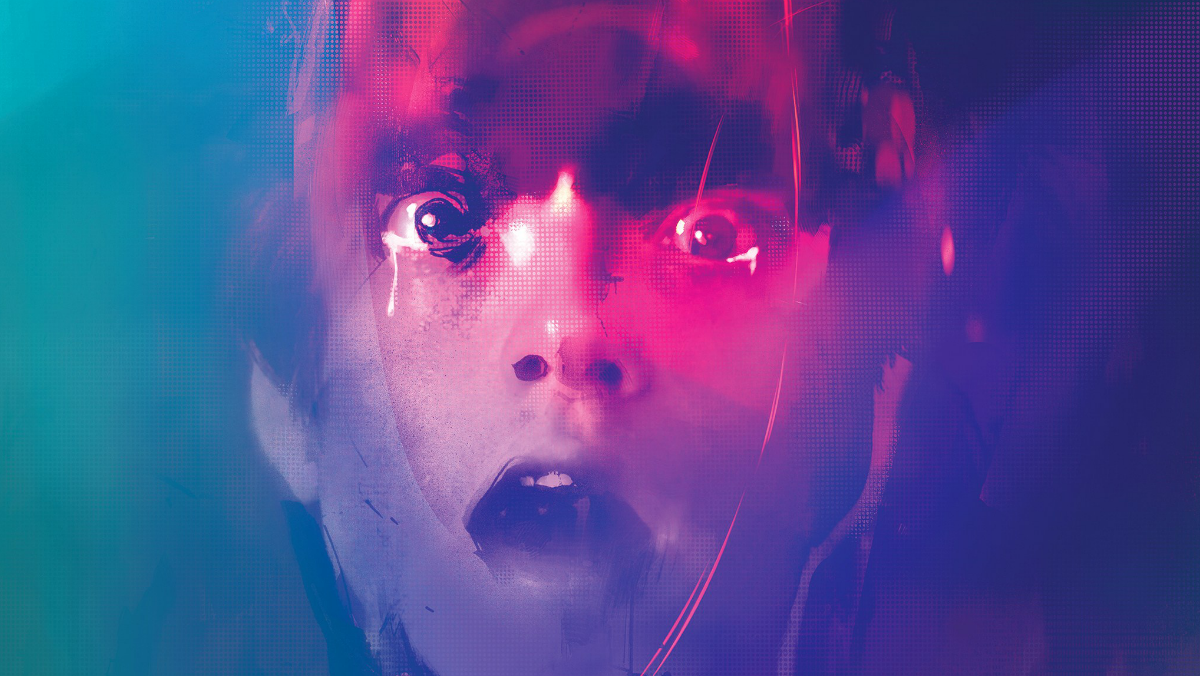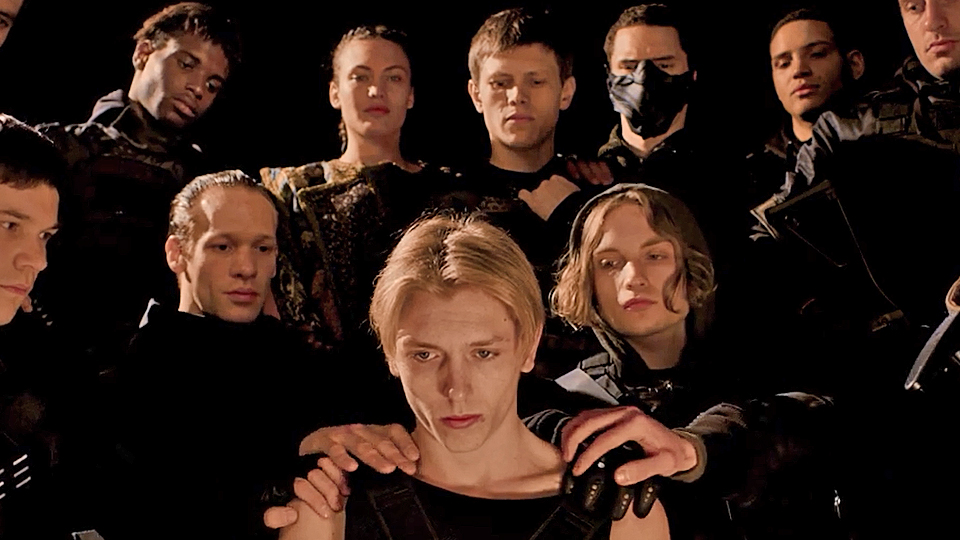Z
by Hope Madden
There is a moment that currently fascinates horror filmmakers. It is the moment when we forever lose the sweet little white boy destined to become a sociopath.
Director Brandon Christensen (writing with Colin Minnihan) examines parental involvement and even responsibility with the imaginary friend horror, Z.
Beth Parsons (Keegan Connor Tracy) and her husband Kevin (Minnihan regular Sean Rogerson) are at odds about how best to handle son Josh (Jett Klyne) and his new buddy.
This sounds familiar.
Mother is immediately creeped out. Dad is lenient. Boy begins to lash out, blaming imaginary friend. Mom wants to enlist expert help. Dad agrees within reason, but begins to pull away once Mom becomes convinced of a supernatural presence. Bodies begin to pile up.
The Boy
That’s just in the last three years. This phenomenon means two things: filmmakers have hit upon a provocatively of-the-moment topic and it will be hard to find a unique perspective on that topic.
Though Z never seems fresh, there are moments that feel more authentic than they have any right to. Christensen’s direction lets conversations, in particular, breathe. Actors get the chance to give their characters a heartbeat. Adult family relationships have a lived-in quality that both reinforces themes and carves out layers for the story.
As is often the case in this subgenre, the film lives or dies on the role of the mother. Lucky, then, that Tracy gives such a powerful performance. Never showy, Tracy’s weary, passive, put-upon delivery creates a mysterious yet believable character. Beth’s actions feel both natural and unpredictable, which creates a lot of space for the filmmaker to build in surprises.
Too much convenience, too many unearned jump scares and too much predictability threaten to sink the effort, but a handful of narrative choices and a few truly solid performances (plus a cameo from the always welcome Stephen McHattie) elevate the film.
It’s no We Need to Talk about Kevin (the high water mark for the category), but what is? It is an unsettling way to worry about what we pass on to our kids.













